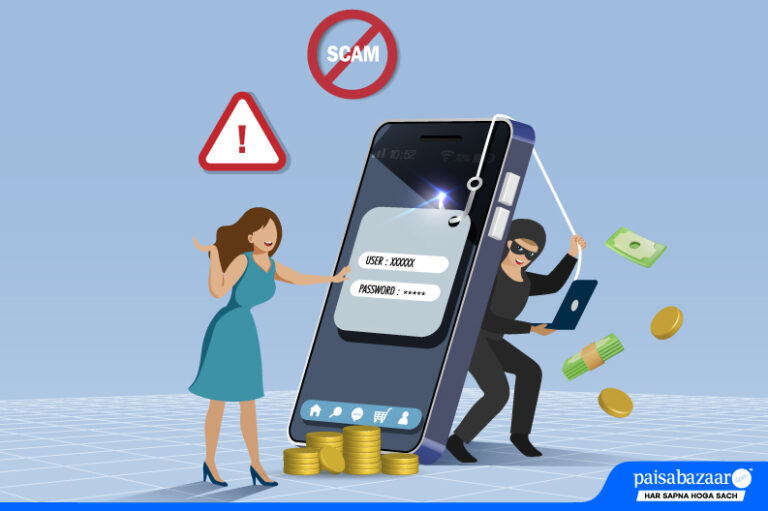
Today, applying for a personal loan through an app takes just a few taps due to a user-friendly interface and the advancement of digital technology. Instant personal loan apps now offer quick approvals, minimal documentation, end-to-end digital process and instant disbursals, making the loan process faster and more accessible than ever before. But this also comes with risk. The rise of unregulated lending apps can lead to hidden charges, data misuse, or aggressive recovery practices.
Before installing any app that claims quick loans, check below the 5 pitfalls you should avoid when applying for a personal loan through a digital lending app:-
Pitfall 1 – App is not regulated by the RBI
Check if the app is backed by any banking institution or NBFC registered under the RBI. Fake apps do not follow standard lending rules and can put you at serious financial risk. Fake apps may have broken links, spelling errors, or an unprofessional design. Check the ‘About Us’ section and visit the RBI website to confirm that the lender is registered with the RBI.
Pitfall 2 – Requesting Excessive Permissions
The unregulated personal loan apps or fake loan apps will ask for permission to access your contacts, real-time location, etc. However, excessive permissions that seem unnecessary could be a red flag. Before applying for a loan, ensure the app employs encryption technologies and complies with data protection regulations. For instance, check the privacy policy of the app and website to see if it mentions ISO/IEC 27001 certification or any other data protection standards. The certification signifies that the app follows global standards to protect your sensitive personal and financial data. It also safeguards your Personally Identifiable Information (PII) from leaks, misuse or unauthorized access.
Also, it’s important to check if the website of the lender is secure. A secure website will begin with “https://” rather than “http://”. The additional ‘s’ ensure that information transmitted between your browser and the website is encrypted.
Pitfall 3 – Poor Reviews & Ratings on App
An easy way to check if a loan app is trustworthy is by reading its reviews and ratings on the Google Play Store or Apple App Store. Be careful if people are complaining about a lack of transparency, high interest rates, hidden fees, or rude recovery agents — these are red flags. Genuine personal loan apps usually have transparency in their loan policies and have good customer care support.
Pitfall 4 – No Contact Details & Customer Help Desk
Registered lenders have a proper grievance redressal system, customer care number, office address, email support, etc. If an instant personal loan app doesn’t offer any way to reach its support team, it’s a major signal of a fraudulent app.
Pitfall 5 – Hidden Charges
The lenders are required to provide a Key-Fact-Statement (KFS) before the contract to the borrower. They cannot levy any charges, repayment terms, penalties, etc., outside the statement at any stage during the personal loan tenure. The statement has the details of the grievance redressal officer and of the third parties involved in the contract. Further, lenders do not ask for advance payments before the personal loan approval. If a loan app asks you to pay a fee before loan processing, it’s probably a scam.








